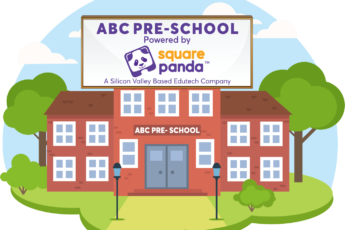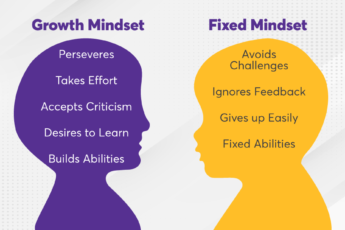Square Panda’s Focus Is On Phonics. Here’s Why…
The sizzle of butter in the pan…
The pitter-patter of raindrops against your window…
The constant chatter of your neighbour on the phone…
Present all around us, sounds are an integral part of our lives. It comes as no surprise then, that ‘sound’ is one of the first things taught to children.
Specifically, the sound of letters.

WHAT IS IT?
Called phonics (or phoenics in British English), it is one of the best ways to simplify reading English, by teaching learners what each letter of the alphabet sounds like.
WHY LEARN WITH IT?
Research conducted shows a link between phonics instruction and learning to read correctly and with confidence. Children comprehend the written word more easily and accurately when letters are introduced via phonics than through any other method. Early beginners in phonics instruction (between the ages of 3 and 8) often show the best results. Research goes so far as to show that learning to read via phonics increases the enjoyment of the learner, thereby increasing their chances of becoming lifelong readers.
The National Reading Panel (NRP), US, had issued a press release, stating: “In the largest, most comprehensive evidenced-based review ever conducted of research on how children learn reading, an independent panel has concluded that the most effective way to teach children to read is through instruction that includes a combination of methods.” The panel determined that effective reading instruction includes teaching children to break apart and manipulate the sounds in words (phonemic awareness), teaching them that these sounds are represented by letters of the alphabet which can then be blended together to form words (phonics), having them practice what they’ve learned reading aloud with guidance and feedback (guided oral reading), and applying reading comprehension strategies to guide and improve reading comprehension.

PHONICS IN INDIA
Many schools across India start their phonics instruction young, in preschool itself.
This instruction can include:
– teaching the sound of letters (‘a’ is said as ‘ey’, ‘b’ is said as ‘bee’, and so on)
– teaching letter combinations (‘sh’, ‘ab’, and more)
– ‘blending’ the above two together to create words. (/sh/o/p/)
– Guessing or ‘decoding’ what new words mean, based on the students’ knowledge.
PHONICS AND SQUARE PANDA
The above reasons are precisely why we at Square Panda created a learning system that puts the spotlight on phonics. Backed by our own extensive research,

Meet Dr. Vera Blau-MacCandliss, PhD, Cognitive Neuroscience, and VP of Education and Research at Square Panda
we created educational games that have elements of phonics instruction woven so seamlessly into them, that children don’t think they are studying at all!
Our characters spell out words phonetically (watch it here) and even learn songs, the phonetic way (watch it here).
Adapting to a user’s learning level and age, each game gradually increases in difficulty, moving from three-letter words to four-and-five letter words. The composition also changes, from CV/VC (At/To) words—‘C’ stands for ‘Consonant’, ‘V’ stands for ‘Vowel’—to CVC (Hat) and CVVC (Read) words.
Games like Bubbles reinforce letter sounds, while games like Lagoon (above) and SquareLand teach common consonant blend and blend phonemes. (Phonemes are the smallest units of speech that differentiate words, e.g., pin and pan. Here, ‘i’ and ‘a’ are different.) Even decoding skills—which occur when a student uses phonics to accurately read a word—are focused on, in games like Space Cows.
Focusing on developing confidence in children—while speaking, while reading—our learning system eschews negative feedback altogether, instead relying on prompts and positive reinforcement even if a learner has gotten something wrong. Our adaptive engine records areas where the learner needs more practice, regularly repeating that letter/word at periodic intervals, spacing it out with new letters/words to avoid boredom.
Combined with AI technology and a neuroscience research-based curriculum, our phonics learning system greatly increases a child’s phonics literacy. Not discriminating between backgrounds, nationalities or even race, our games are the perfect tool to employ while introducing or reinforcing phonics to your children/students.
We’re hoping to empower children using phonics, and also, in a larger sense, languages and literacy.
Watch this blog video here.

– Sanjana Shukla, Content Writer, Square Panda India




Leave a Comment